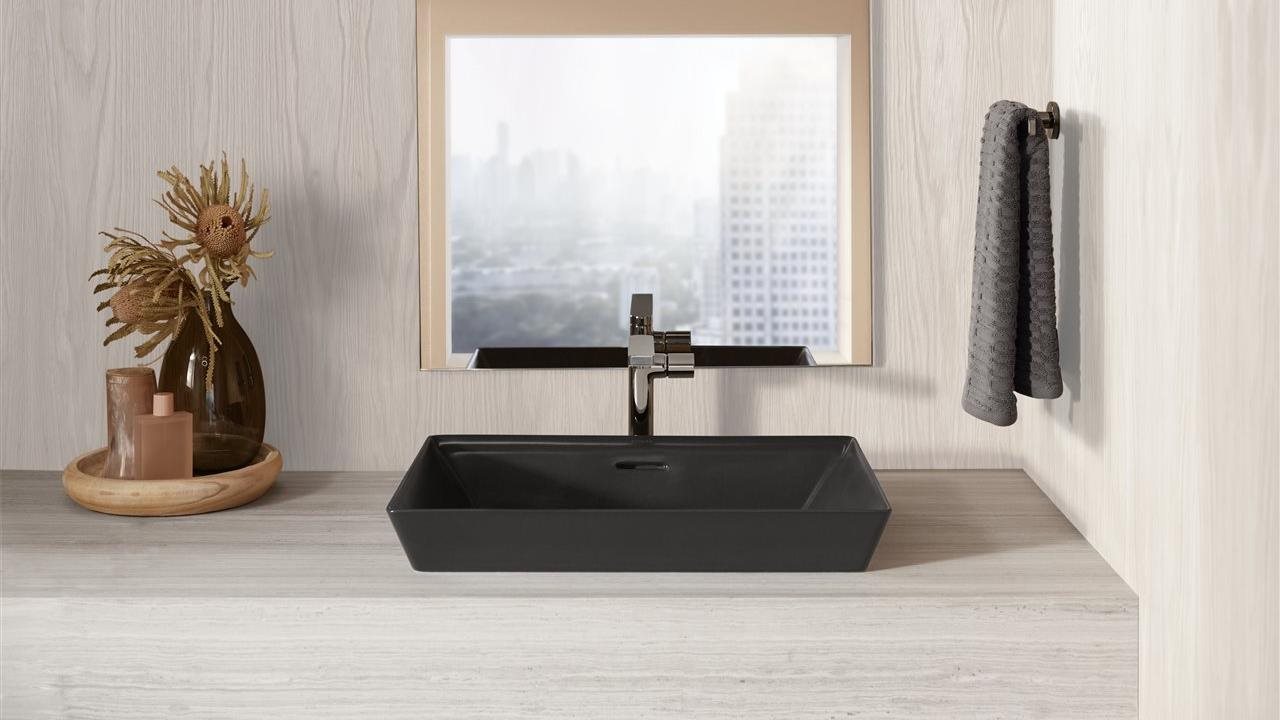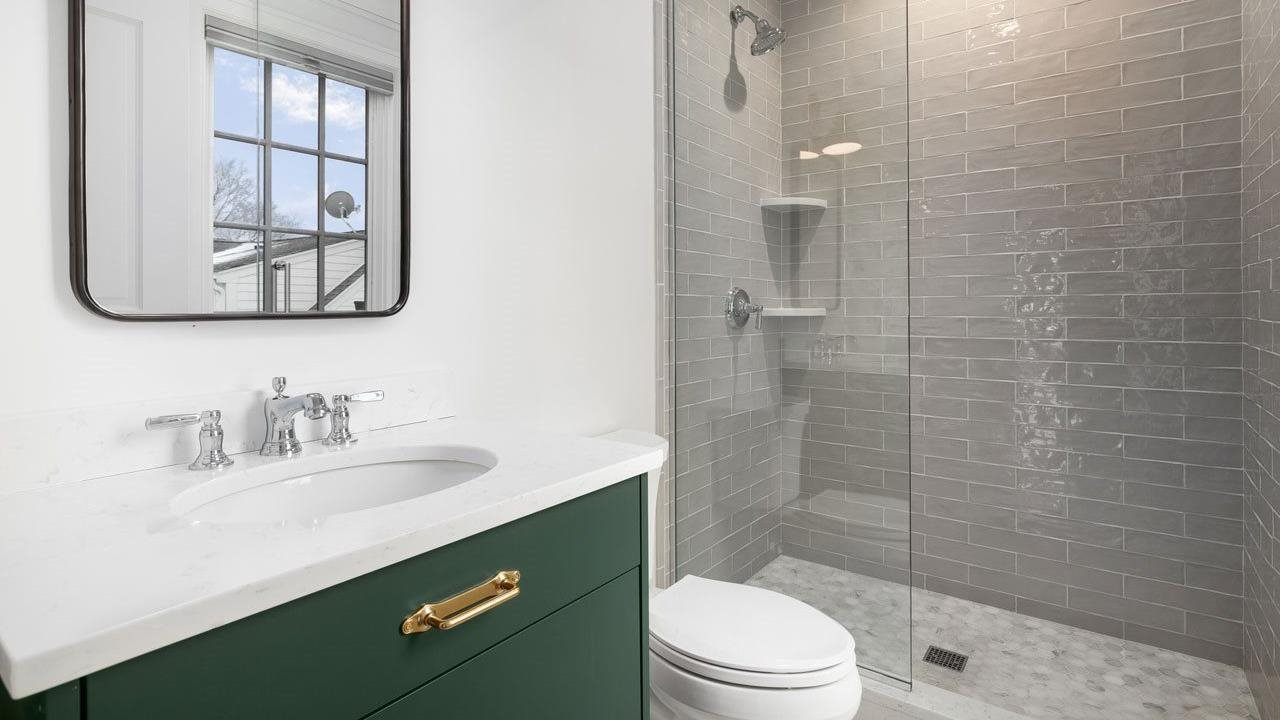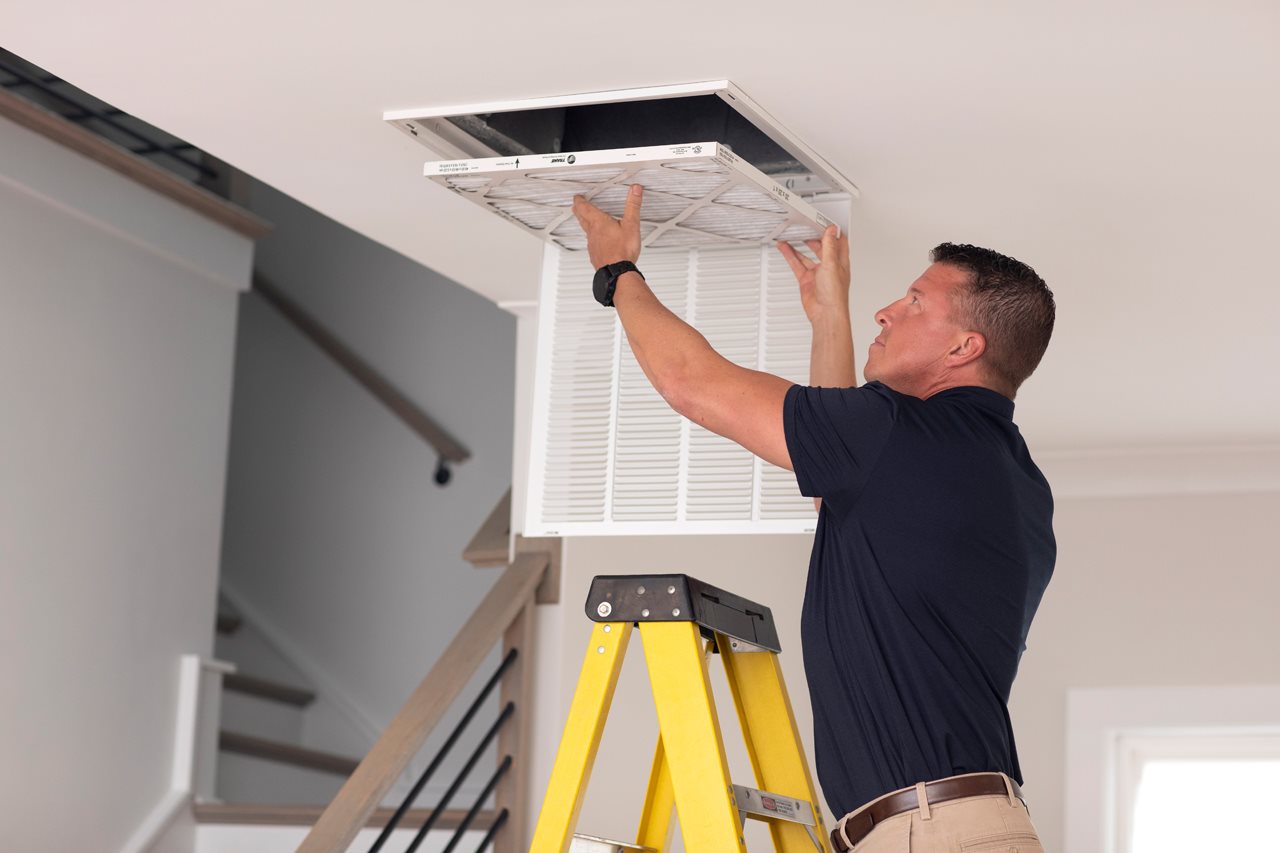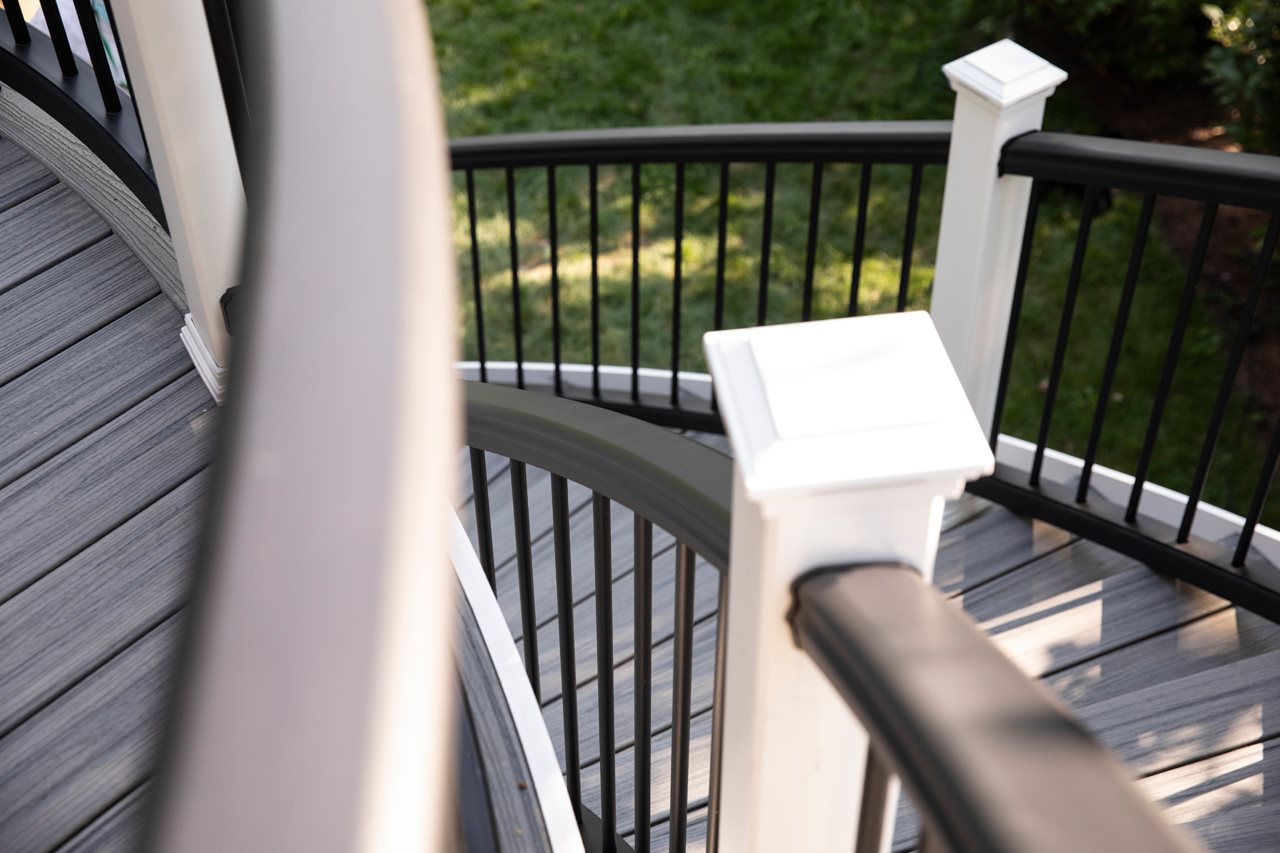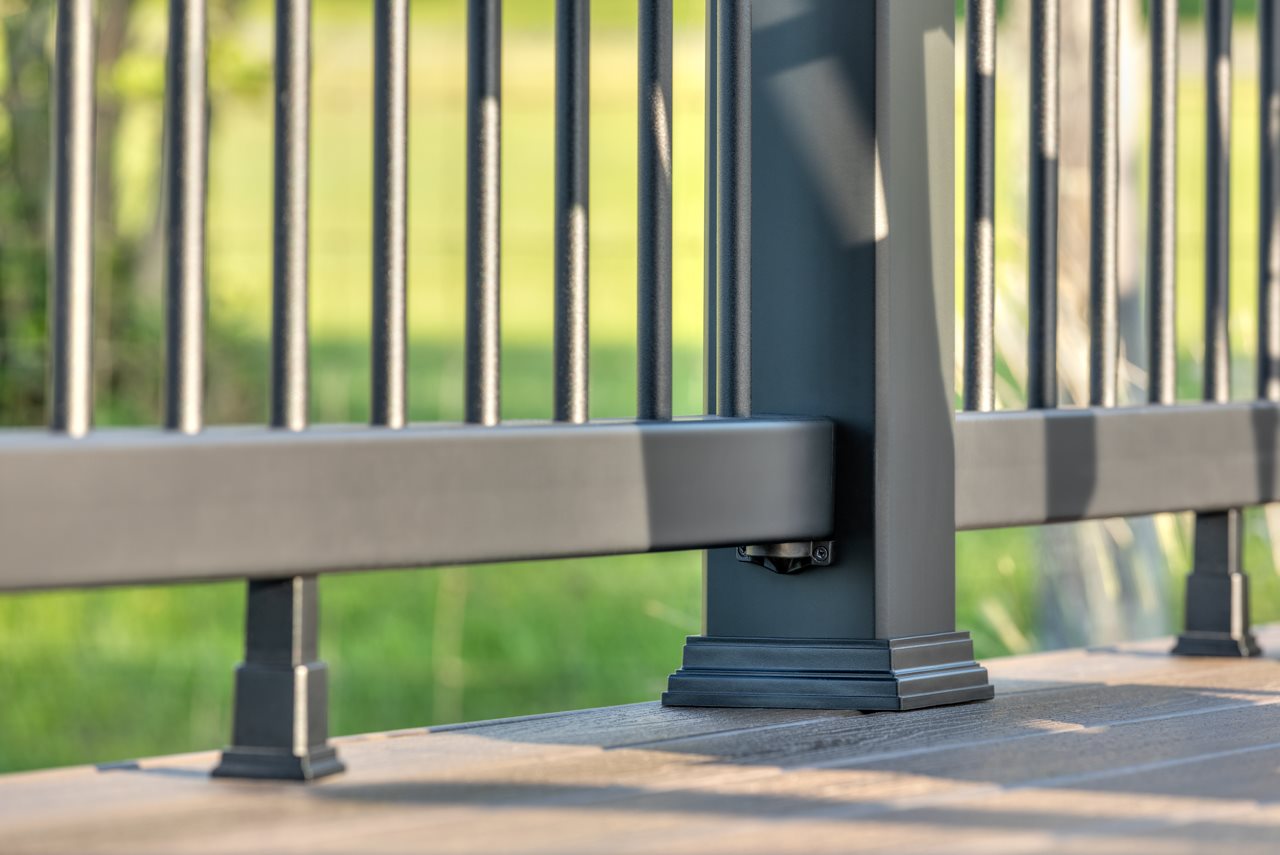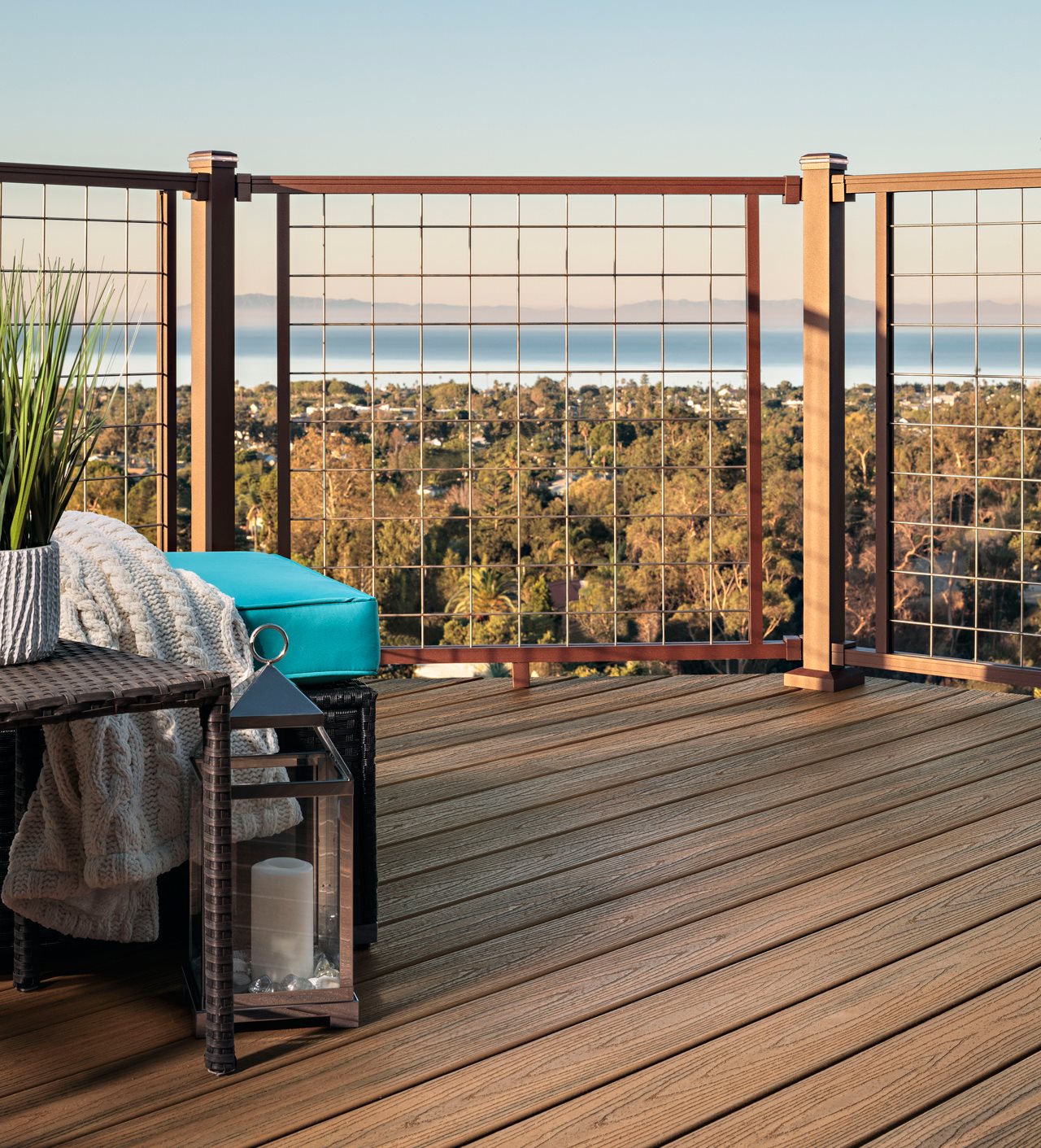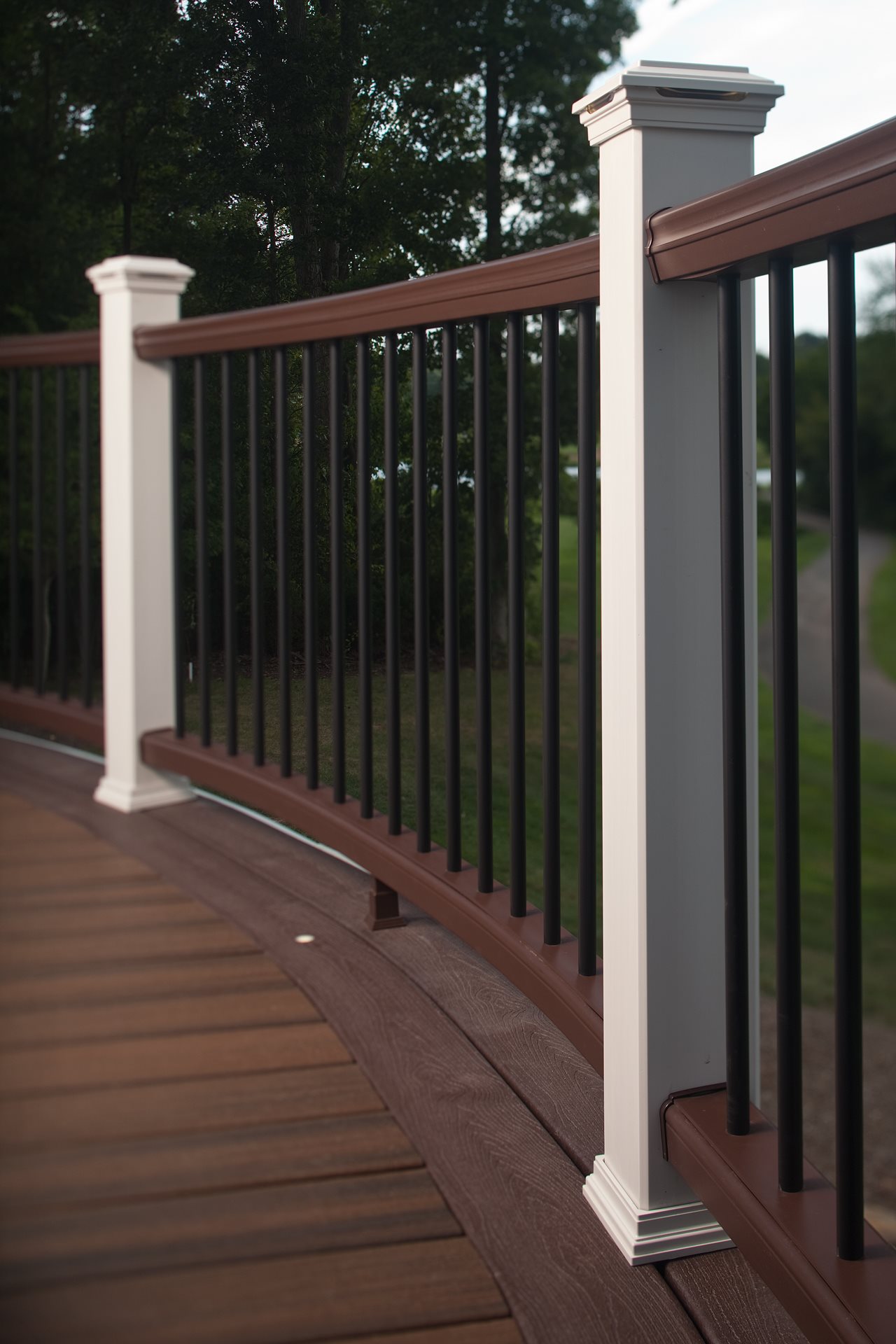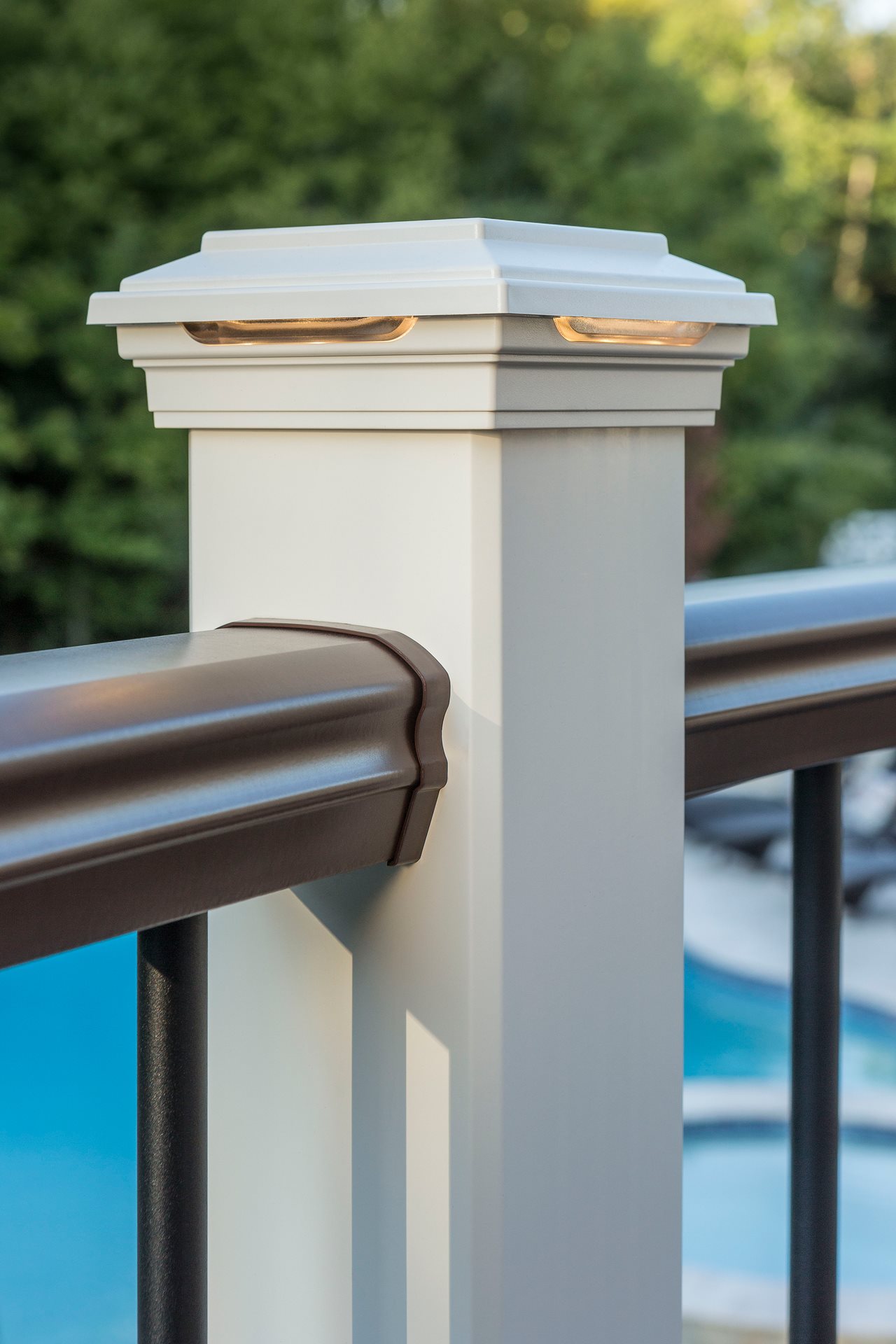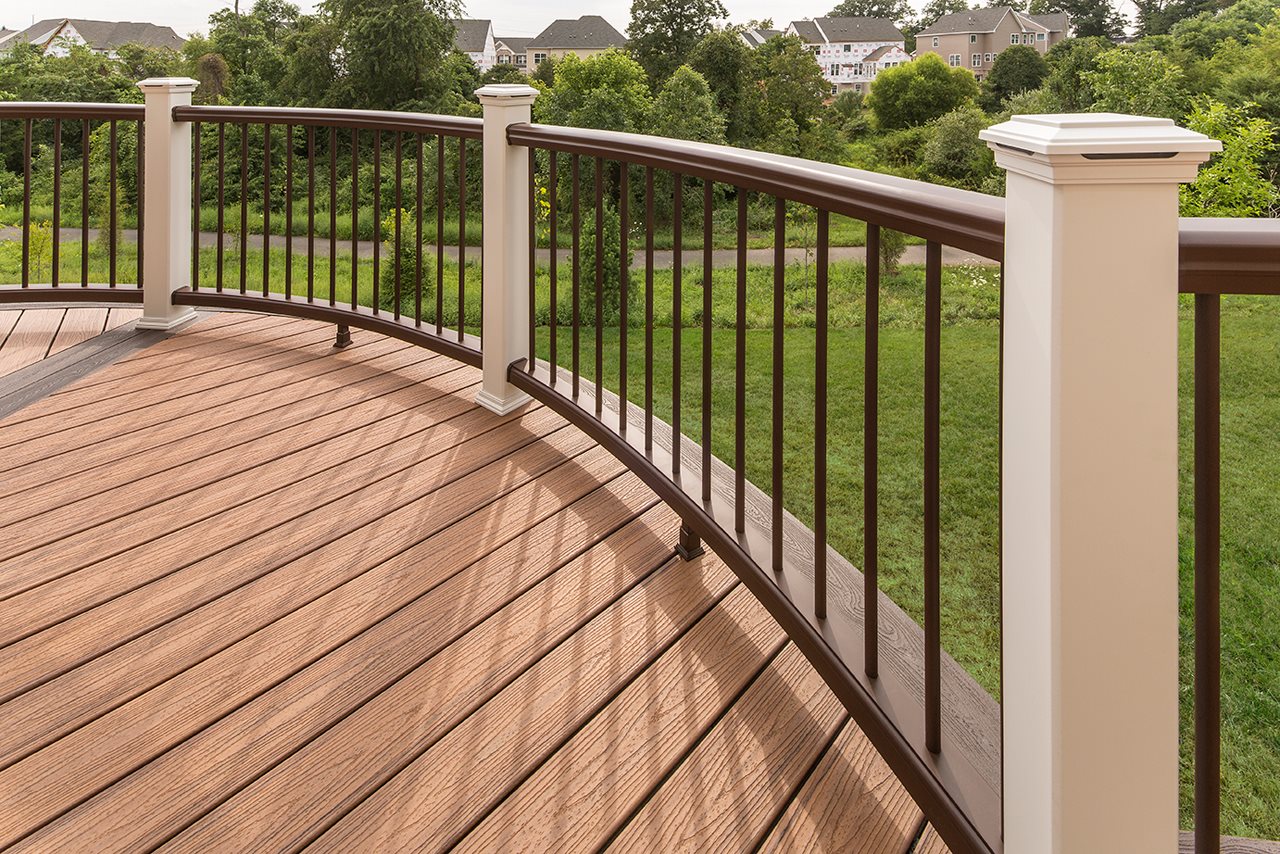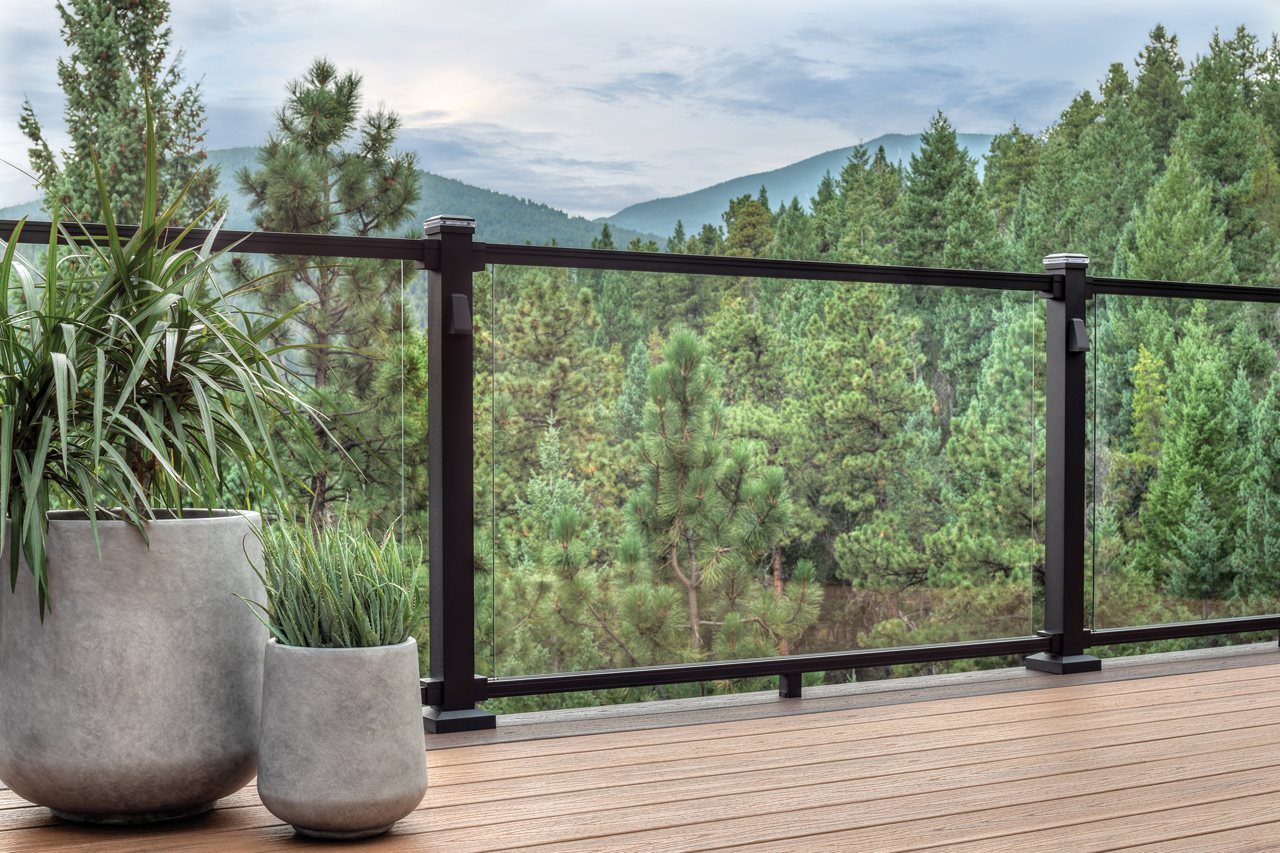2023-10-28T23:01:00
(BPT) – When you walk from room to room within your home, do you see yourself within the design? For many people, the answer is no. They tend to select interior design based on trends or what other people suggest, which makes the space feel less authentic.
Your home should feel unique to you and be a place you love today and years from now. It’s important to consider your personal preferences and style so that you can create a home that is uniquely yours, and the best places to focus this energy are the kitchen and bathrooms.
“Kitchens and bathrooms often feature white colors and clean lines, but there’s no rule that says that’s the only option,” said Alex Yacavone, Kohler Design Studio manager who specializes in color, material and finish. “It’s an exciting time for interior design because more people are getting away from basic neutrals and adding their personality in new, unexpected ways.”
She stressed that kitchens and bathrooms are the best places within the home to transform interior design with your personality in mind. Bathrooms are some of the most frequently visited spaces in the house and kitchens are the center of it all. Investing in the design of these spaces is worthwhile because it will be regularly used and enjoyed.
Ideas to get started
Yacavone suggests thinking about your goals. How do you plan to interact with the space? What would make this interaction more useful and enjoyable? What elements have you noticed and noted in magazines, stores or other homes? The answers to these questions will give you direction.
One of the best ways to add personality to a space is through elements of different color, material and finish. This allows you to tell a story in the design and make the space one of a kind. Think of different hues or textures that speak to you and how they reflect your personal style or the energy you want to evoke. Yacavone shares some examples:
Titanium: Conveys strength and style. Moodier and deeper in tone than polished nickel or chrome, it complements dark spaces as well as bright clean backdrops.
Matte black: Feels rich and modern. For instance, this striking hue becomes a defining bathroom element in the honed black color Numi 2.0 rectangle toilet.
French gold: Warm and refined, French gold is a finish that can be layered into many different aesthetics, standing the test of time in bathrooms and kitchens.
Heritage colors: Fun and eye-catching, explore pops of color found in Kohler’s heritage collection. For example, a kitchen sink in the vivid teal hue Spring Green or a clawfoot bathtub in the warm pink tone of Peachblow.
Florals: Classic and comfortable, consider featuring florals in unexpected ways including the bold floral photography sink designs in the Dutchmaster collection.
Soft neutrals: Organic and welcoming, the new color Truffle is a warm neutral that is an ideal foundational color. Reflective of Mother Nature, Truffle complements warm finishes well, including French gold.
For more ideas and inspiration about finish, color and material, visit Kohler.com.
Striking balance
When adding personality to the kitchen and bath, it’s important to find balance in design. A good way to make sure personal design doesn’t go overboard is to determine a focal point.
“Select a focal point in the room and build out from there,” suggested Yacavone. “Maybe it’s colored cabinets or a pattern on the sink. This becomes your touchstone that you can go back to if it feels like you’re losing focus or adding too many competing elements.”
Go ahead, get personal
Your home is where you should feel you belong. Adding personality to kitchen and bathroom spaces allows you to create a home that is uniquely yours. Explore how your individual style can redefine your interior design choices.
